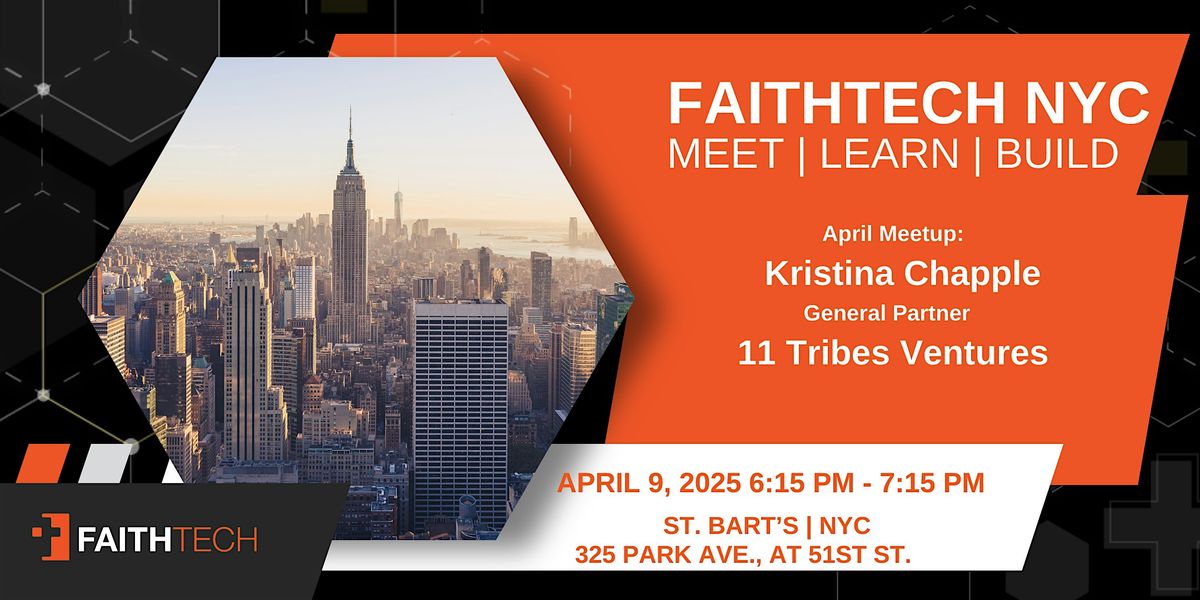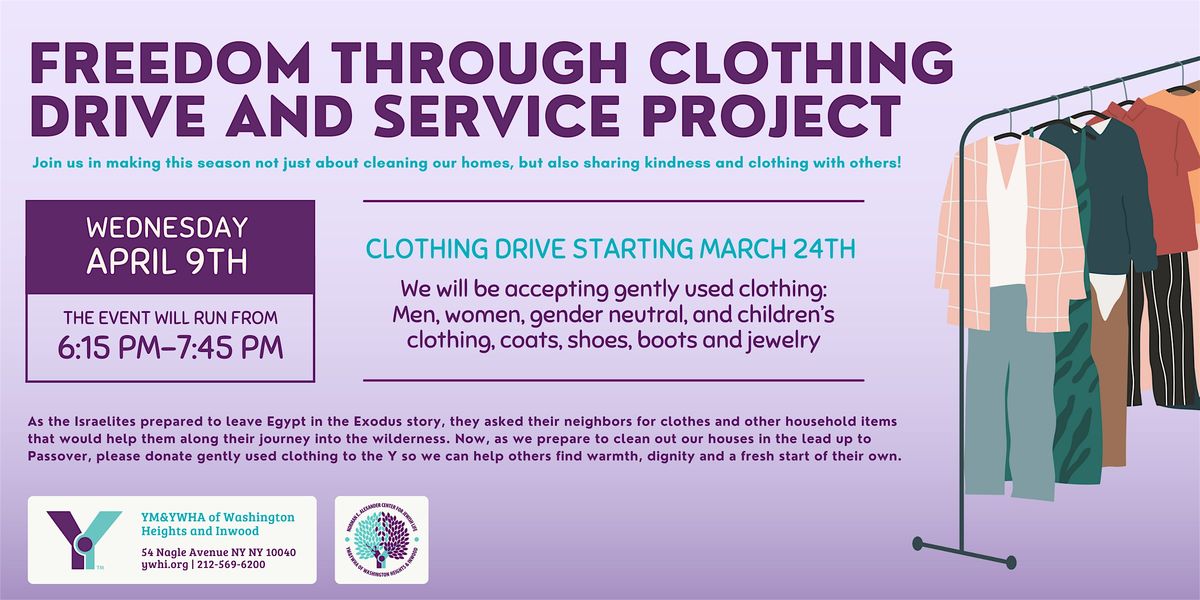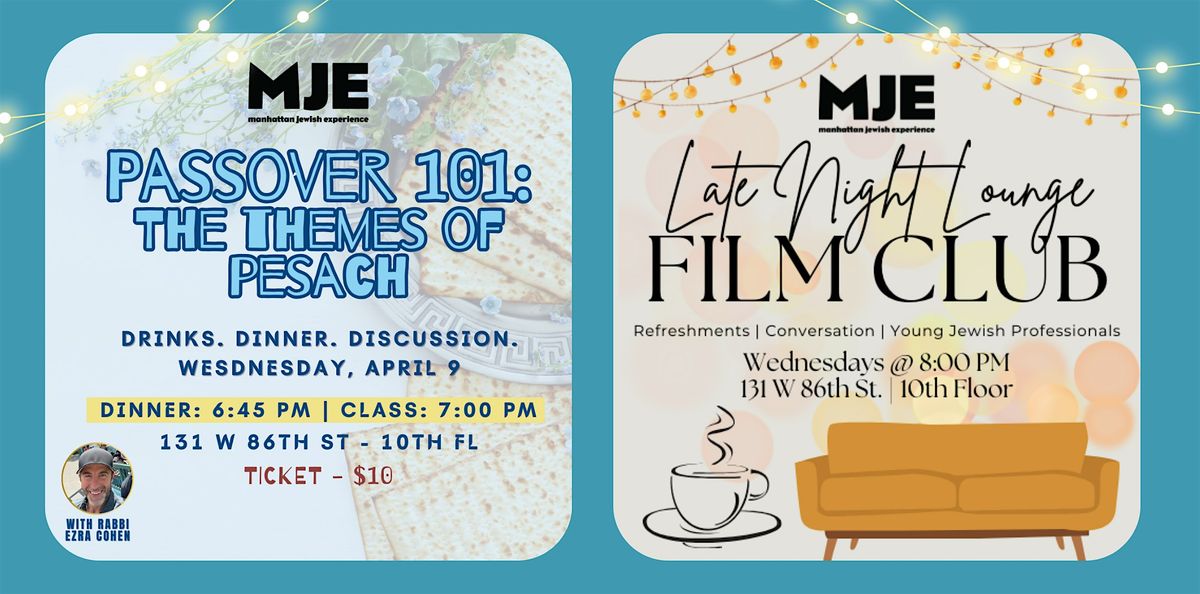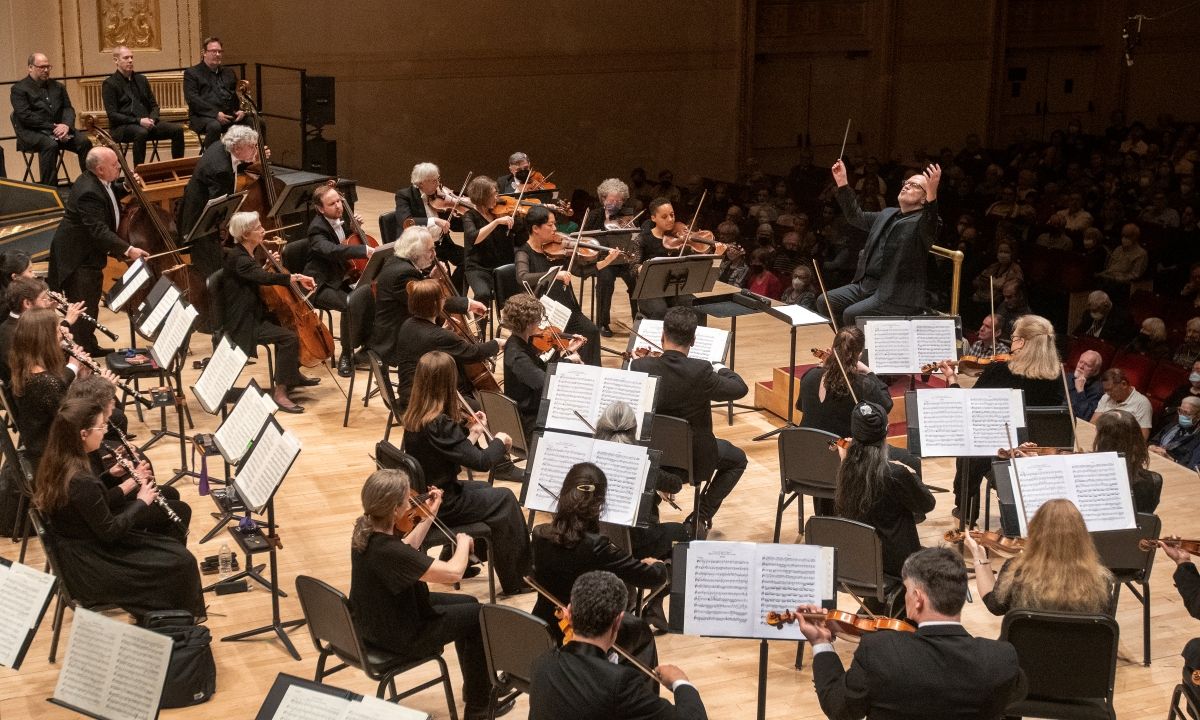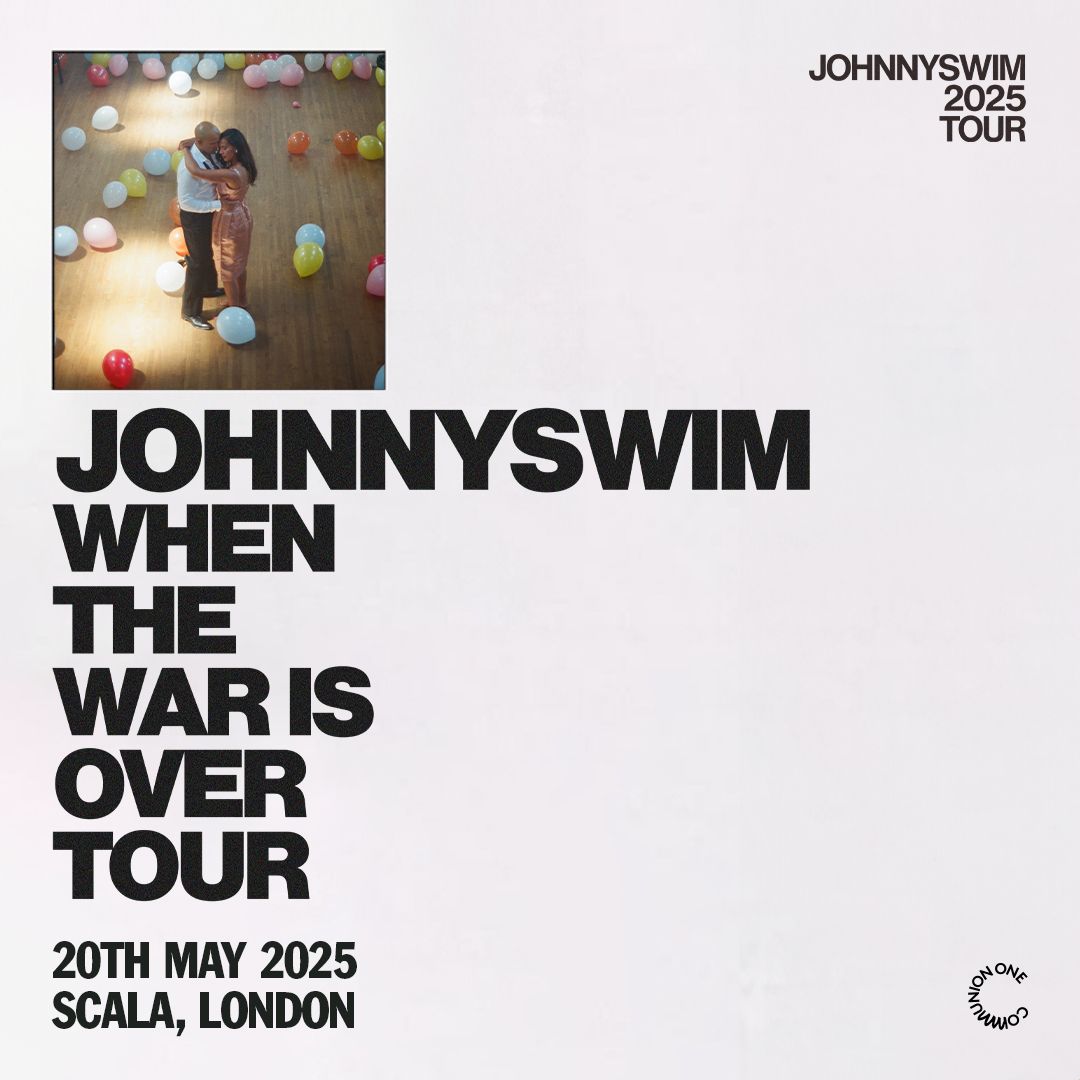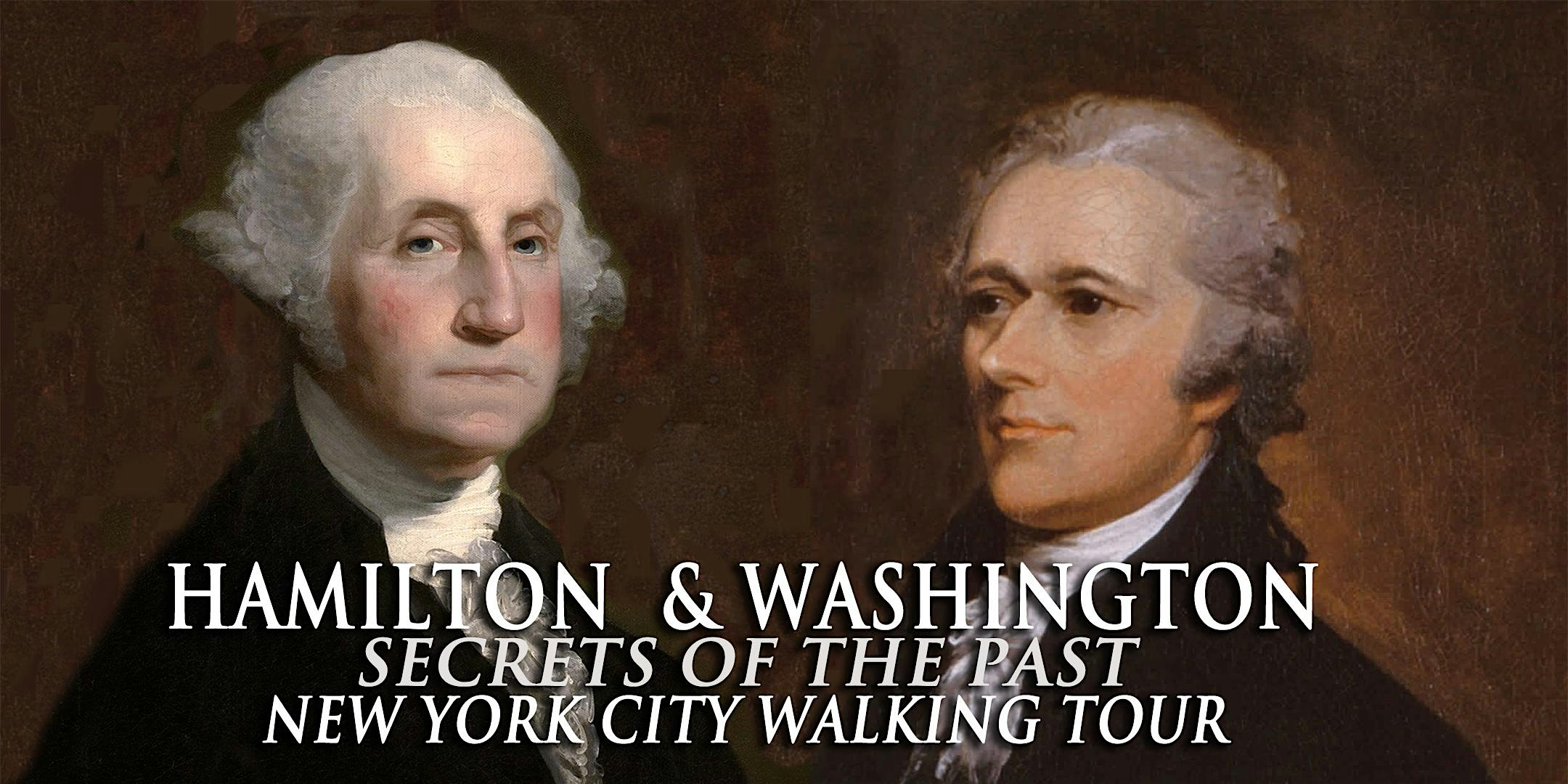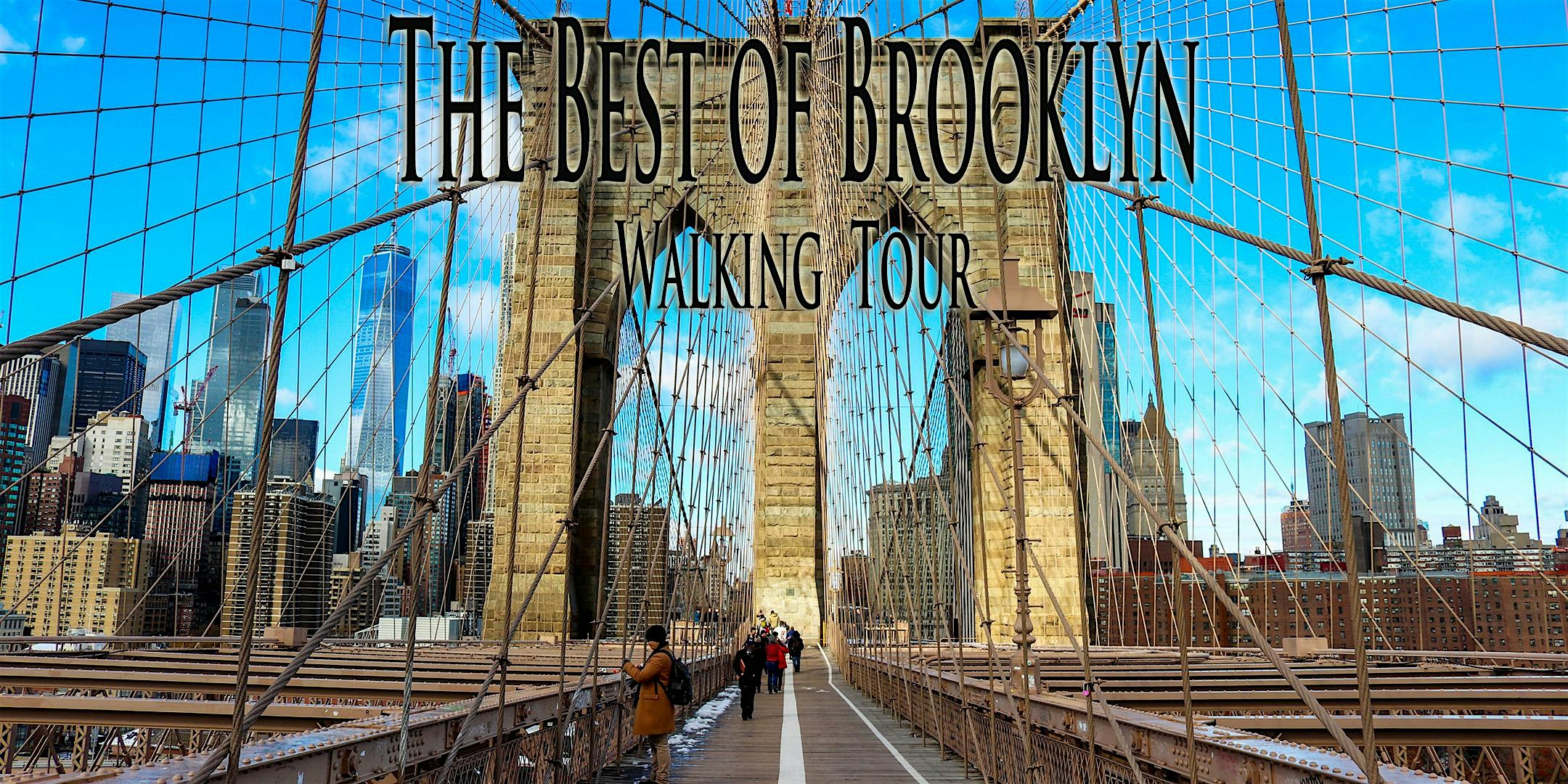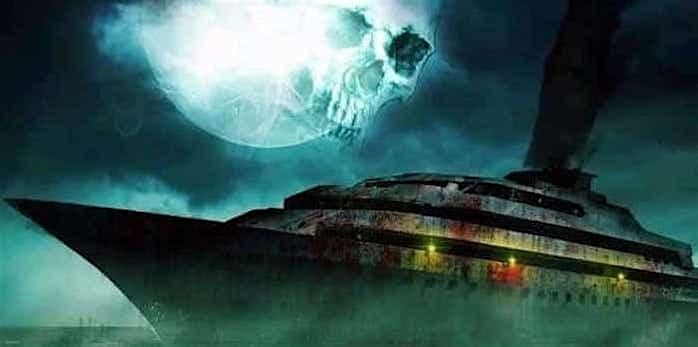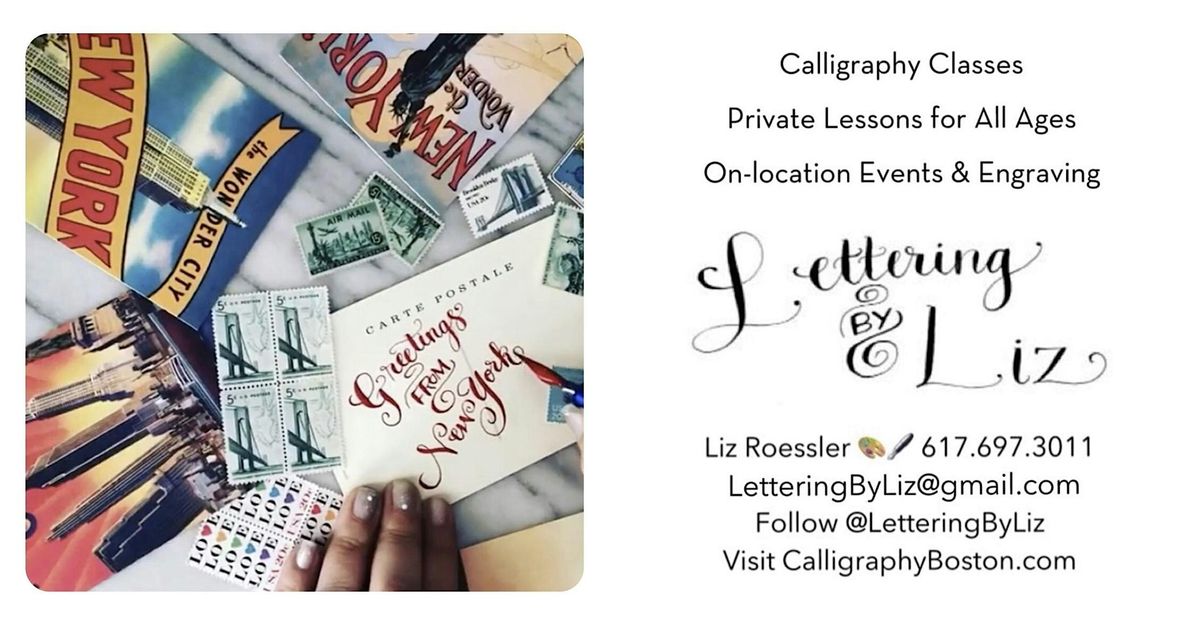MAX BLAGG : “LATE START FOR MARDI GRAS”
Schedule
Wed Apr 09 2025 at 06:30 pm to 09:00 pm
UTC-04:00Location
115 Wooster St | New York, NY
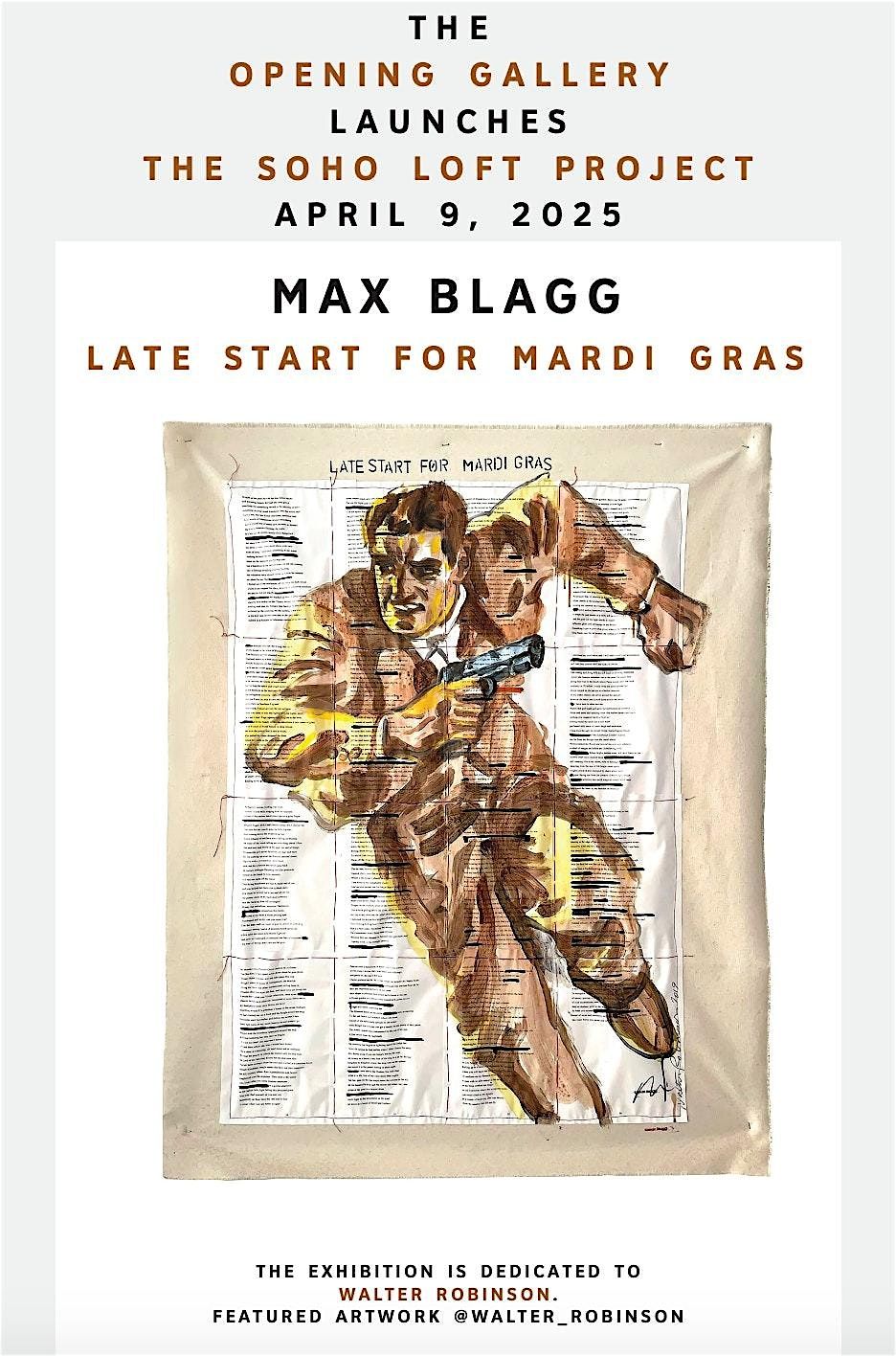
About this Event
MAX BLAGG
GROUP EXHIBITION “LATE START FOR MARDI GRAS”
Opening: Wednesday, April 9, 6.30 - 9PM
The Opening Gallery
115 Wooster Street, New York
http://theopeninggallery.com
The Opening Gallery is pleased to announce, “LATE START FOR MARDI GRAS,” a collaborative project between Max Blagg, Janice Huminska & 21 featured artists on April 9, 2025, from 6-8 PM at 115 Wooster Street curated by Sozita Goudouna, PhD. Installed across the SoHo Loft, the group exhibition is part of the gallery’s new venue and project focusing on the history and present of New York SoHo Lofts.
Max Blagg will read a selection of poems from the series, accompanied by a group exhibition of the 21 corresponding collaborative artworks.
LATE START FOR MARDI GRAS began in 2019 with a 200-page printout of a Blagg manuscript from 2011, randomly stitched onto raw canvas by J. Huminska, and tacked to his studio walls for further editing and redaction while he convalesced from a tick-borne illness. As the canvases accumulated and he recovered, Blagg began inviting artists to embellish, demolish, erase, or praise the ‘text-canvases’, however they saw fit. Artists chose their piece by title or text, working directly on the canvas or in some cases creating an entirely new piece. The project took its name from the 1st piece completed, entitled LSFMG, by Walter Robinson.
This collaboration eventually culminated in a collection of 21 poems and 21 artworks, that were reproduced in a 7-volume series of red thread stitch bound, hand assembled and boxed sets of booklets in NYC, published in an edition of 50. LSFMG features the work of the following artists: Golnar Adili, Ellen Berkenblit, Ernesto Caivano, Michael Combs, Peter Dayton, Sally Egbert, Eric Fischl, James Gilroy, Nan Goldin, Michael Halsband, Curtis Kulig, Justen Ladda, Ruth Marten, Jamie Nares, Walter Robinson, Nick Rule, Will Ryman, Ken Tisa, Walter Schrank, Ryan Wallace, and Lucy Winton. This 192-page softcover compendium mirrors the project’s booklet series in its entirety.
A BRIEF HISTORY OF “LATE START FOR MARDI GRAS”
The project has been a labor of love from start to finish, the artist wants to to especially thank the fabricator of the ragged canvass offered to the artists, and subsequently of the seven booklets and the box in which they nestle so luxuriously, all Singer machine bound, and boxed, secured by the grosgrain ribbon that pops them out like rabbits, and subsequently the 192 page book we are celebrating tonight - all assembled with love and care and massive OCD by Janice Huminska.
1. This first piece by Walter Robinson got the ball rolling – Blagg – Huminska dropped off a canvas at his studio in LIC and it was returned by Walter a couple of days later embellished with his muscular rendition of what looked to me like an infuriated artist on his way to discuss prices with a flipper. Walter's rapid response energised the project and gave us its name - Late start for Mardi Gras.
2. Ken Tisa is an artist Blagg known since 1976 when they collaborated on the legendary Hotel Firbank, a still undiscovered gem for future curators to unravel. Ken painted the eyes of Horus, Laura Mars, Homer's Cyclops and many other gods and demons onto his canvas.
3. Ruth Marten, Blagg’s dear friend of long standing, rather harshly declined Blagg’s ragged canvas covered with cheap paper, and instead painted his text onto a gorgeous vintage photograph she owned -thus affording me the constant pleasure of seeing Blagg’s words inscribed in Ruth's hand on the clavicles, throat and thigh of a buxom Parisian cocotte....
4. Lucy Winton, conjuror of sacred hares and other pagan animals, adorned her canvas with similar mythical creatures ready to leap off the page and disappear into smoky winter fields
5. Walter Schrank, maybe because he's a poet as well as a fine painter, appears to have actually read the text before devising his wonderful image of a brain kicked sideways by bathtub acid - or maybe lungs absorbing the toxic vapors of the lamps of youth - ask Walter...
6. Ryan Wallace whose first version was lost when his studio in Springs collapsed (he often wondered why the rent was quite so cheap) happily produced a finer variant with even less visible text than the first...
7. Jamie Nares noted the word 'collier' in the title of her assigned canvas and discreetly added a peck of coal dust to the pages - Blagg could almost hear my brother the miner coughing as he hacked away at the Barnsley seam.
8. Golnar Adili turned her piece into a mysterious and highly tactile sculptural box.
9. Justen Ladda that eccentric teutonic genius used leftover fake fur from a gay disco he was designing for some wealthy private dancer.
10. Eric Fischl sent from Sag Harbor a striking image to enhance the written text, which he generously left in pristine condition.
11. Ernesto Caivano's meticulously rendered canvas (he even adjusted Huminska's sewing) almost brought a sense of serenity to my stuttered utterances. Almost.
12. Nicolas Rule, a fellow Englishman unfazed by the occasional vulgarities in the text, defused indeed elevated them with his elegant minimalismo.
13. Ellen Berkenblit adressed Blagg’s blunt redactions of word and phrase with painterly marks that transformed the blotted pages into a summer meadow where dragonflies flitter among the vowels and consonants.
14. Sally Egbert confronted a slab of fifteen typed pages, slapped down the elongated text with bursts of color, fields of stars and circling planets.
15. Michael Halsband's Hasselblad exposed Blagg’s mortal mug with its piercing gaze, or was it the Deardorff that speared me... ?
16. Nan Goldin, the powerhouse who sacked the Sacklers, surrounded my words with a sensual protective circle of her drawings and selected photographic images.
17. Curtis Kulig listened to the Chin Music and launched a rocket load of paint whose afterburners bathed the text in a radiance it might not have fully deserved...
18. Michael Combs created an enigmatic, totemic assemblage, and still has not revealed where the original canvas is concealed ( see P. 191 fig. vi.)
19. Will Ryman was an early enthusiast of our ragged approach to materials. Will is also a wordsmith, perhaps that's why no words were harmed in the bright banner he created.
20. James Gilroy, another friend of half a century, laid fresh tracks over the text that might lead the gentle reader to interpretations of their meaning wildy different from Blagg’s own. Be my guest!
21. Peter Dayton simply framed his piece then set it on fire and froze the flames with acrylic pouring medium. It burns brightly on the wall.
About the Artist
Max Blagg, born in England, has lived in NYC since 1971. Long recognized as a highly respected poet, visual artist and performer on the New York art & literary scene, he has appeared at innumerable venues including Tin Pan Alley, Jackie 60, Kitchen, Drawing Center, Guggenheim Museum, Parrish Museum, St. Mark’s Church, The National Arts Club & Bowery Poetry Club. Blagg has also been collaborating with artists since the 1970’s, notably the Hotel Firbank Project with Ken Tisa, featured at PS 1 in 1980, and a poem/painting with Richard Prince as part of the “Protest Paintings” series that was included in Prince’s retrospective at Guggenheim Museum, 2007; Collaborative readings/performances with Ethyl Eichelberger, Nan Goldin; and written collaborative texts for various artists including Alex Katz, James Brown, Ralph Gibson, Larry Clark, Jerelyn Hanrahan, and Keith Sonnier. Blagg has published several volumes of poetry & prose internationally & in the U.S. with Aloes Books, Carpe Diem Press, Lumen Editions/Boston, and Shallow Books. He lives in New York City, where he continues to write, collaborate, and liberate his poetry from the page, onto walls, windows, tree stumps and other moveable and stationary objects.
About The SoHo Loft Project
http://www.soholoftproject.com
SoHo and New York City in the 1970s were pivotal in shaping the landscape of fine arts and interdisciplinary arts. The neighborhood of SoHo, originally a manufacturing district, became a haven for artists seeking affordable studio spaces. The rent was low, and the large, open lofts provided ideal environments for creative experimentation. Artists began to form communities, creating a collaborative atmosphere that encouraged interdisciplinary approaches. This led to innovative crossovers between painting, sculpture, performance, and installation art. The 1970s saw the rise of Minimalism and Conceptual Art, movements that challenged traditional notions of art. Artists like Donald Judd and Sol LeWitt based their practices in SoHo, pushing boundaries and exploring new ideas about form and concept. These movements emphasized ideas over aesthetics, paving the way for future interdisciplinary practices where art could intersect with philosophy, language, and social commentary. SoHo became a center for performance art, with artists like Marina Abramović and Laurie Anderson pushing the limits of what art could be. Performance art often blended elements of theater, dance, and visual arts, reflecting the fluidity of artistic boundaries. The era’s focus on personal narrative and the body as a medium allowed artists to engage directly with social issues, making art a tool for activism and dialogue.
The social upheaval of the 1970s, including movements for civil rights, feminism, and LGBTQ+ rights, influenced artists to reflect on and respond to contemporary issues. Art became a way to challenge societal norms and provoke thought.The rise of alternative spaces and galleries in SoHo provided platforms for marginalized voices, leading to a more inclusive art scene that highlighted issues of identity, race, and gender. Major institutions like the Museum of Modern Art (MoMA) and the Whitney Museum began to recognize and support the burgeoning contemporary art scene. The impact of SoHo and New York City in the 1970s on fine arts and interdisciplinary arts cannot be overstated. The convergence of artist communities, innovative movements, and a politically charged atmosphere fostered an environment ripe for experimentation and collaboration. This period not only transformed the art world but also set the stage for contemporary practices that continue to evolve today. The social movements of the 1970s had a profound influence on artistic expression, shaping the themes, styles, and practices of artists across various disciplines.
Artists began to address issues of race, identity, and social justice in their work. The civil rights struggle inspired African American artists to create pieces that reflected their experiences and the fight against systemic racism. Movements like the Black Arts Movement emphasized the importance of cultural identity, leading to a resurgence of African and African American themes in visual arts, literature, and performance. The social movements of the 1970s were instrumental in shaping artistic expression, leading to a more politically engaged and socially conscious art scene. Artists responded to the challenges and changes in society, using their work as a platform for advocacy, reflection, and innovation. This era laid the groundwork for contemporary art practices that continue to explore and address pressing social issues.
About the Gallery
The Opening Gallery, at 42 Walker in Tribeca, New York (2022 - Jan 2025) and 115 Wooster (Spring 2025), is a nonprofit cultural venue and initiative established in 2022, showcasing global and local artists, practice-based research, as well as performance, live events, and educational programs. Exhibited artists belong to US and international museum permanent collections. Exhibitions include visual and performing arts and music events, with monthly public programs spanning a wide range of topics. The Opening Gallery has presented international and US based artists including Andres Serrano, ORLAN, Sagarika Sundaram, Michele Zalopany, Kenneth Goldsmith, John Zorn, The Shoplifter, Luciano Chessa, Daniel Firman, Hans Weigand, Raúl Cordero, Jessica Mitrani, United Nations artist-observer Yann Toma, Warren Neidich, Coleman Collins, Constance DeJong, Charles Gaines, Jimmie Durham, Leslie Hewitt, Jimmy Raskin, Agnieszka Kurant, Olu Oguibe, Martha Rosler, Allen Ruppersberg, Chrysanne Stathacos, Leah Singer, Ronan Day-Lewis, Orit Ben Shitrit, and Bill Hayward. During Spring 2024 the gallery presented a selection of Watermill Center former artists-in-residence including Eileen O’ Kane Kornreich, Christopher Knowles with Sylvia Netzer, D. Graham Burnett and "The Order of the Third Bird," and Brian Block and during Spring 2025 launched the program "SoHo Loft Project" at Wooster st
The Gallery has partnered with prominent US institutions like Columbia University, Maison Française NYU, Fulbright, Watermill Center among others and has hosted the New York Arab Festival and events organized by MoMA curators and collaborates with Sorbonne Art Gallery in Paris. The nonprofit cultural venue and initiative supports an heteroclite art ecosystem that attempts to go beyond prevalent gallery models in Tribeca. Proceeds support neurodiversity, charitable causes, and the non-profit Luv Michael, which is committed to enriching the lives of autistic adults. The Opening was founded by Sozita Goudouna, PhD and in 2023 partnered with the London-based publisher Eris to present exhibitions related to publications by Kenneth Goldsmith, Andres Serrano, ORLAN, Lucas Samaras, and Maurice Saatchi among other acclaimed contributors and artists. Our publishing art program has hosted readings of Edward Said's poems by Simon Critchley, Stathis Gourgouris, and Udi Aloni, as well as readings of Gabriele Tinti by Vincent Piazza.
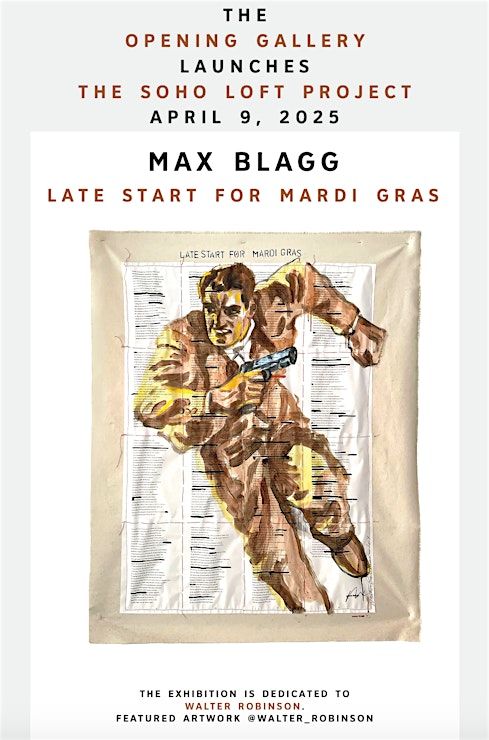
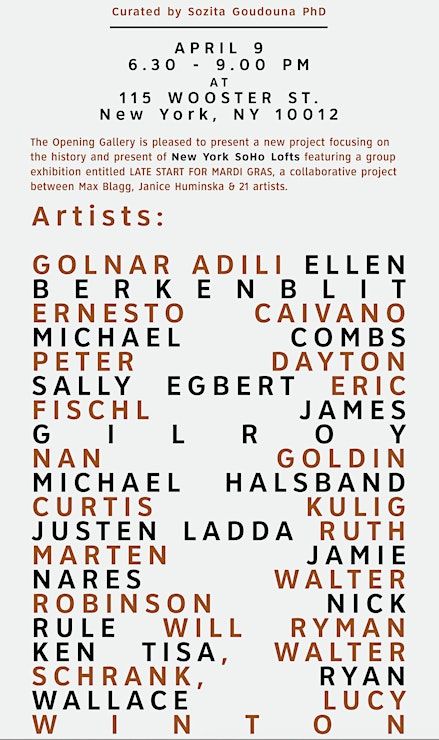
Where is it happening?
115 Wooster St, 115 Wooster Street, New York, United StatesEvent Location & Nearby Stays:
USD 0.00



